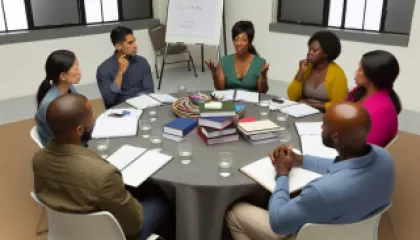The Underrated Power of Building Confidence: A Personal Insight
1 year ago
Confidence Building
Overcoming Family Feuds: My Journey to Peace
1 year ago
Family Conflict Resolution
5 Essential Steps to Enhance Your Digital Wellbeing
1 year ago
Digital Wellbeing
Overcoming Disordered Eating: A Step-by-Step Guide
1 year ago
Disordered Eating
Mastering the Mind: The Ultimate Guide to Understanding Superstitions in Psychology
1 year ago
Psychology Behind Superstitions
Mastering Body Language: The Comprehensive Guide
1 year ago
Body Language Basics
Top 10 Techniques to Sharpen Your Intuition
1 year ago
Developing Intuition
5 Effective Steps to Overcome Procrastination
1 year ago
Procrastination Overcome
Mastering the Mindset: My Journey to Embracing Success Psychology
1 year ago
Success Psychology
Exploring the Science of Personal Growth: Key Research Findings
1 year ago
Personal Growth
Decoding Adult Attachment: A Personal Insight
1 year ago
Understanding Attachment in Adults
The Psychological Impact of a Digital Nomad Lifestyle
1 year ago
Digital Nomad Psychology
Unraveling the Psychology of Belief: Why We Hold Our Convictions
1 year ago
Psychology of Belief
Understanding Stress vs. Anxiety: A Comprehensive Guide
1 year ago
Stress vs Anxiety
Breaking Barriers: An Interview with a Diversity Expert on Confronting Bias
1 year ago
Confronting Bias















